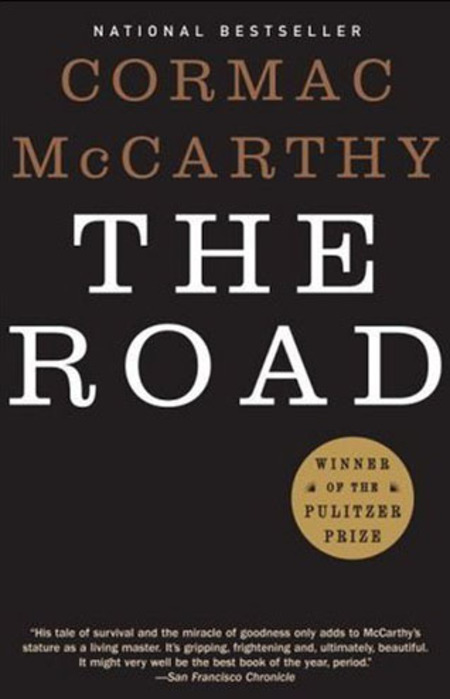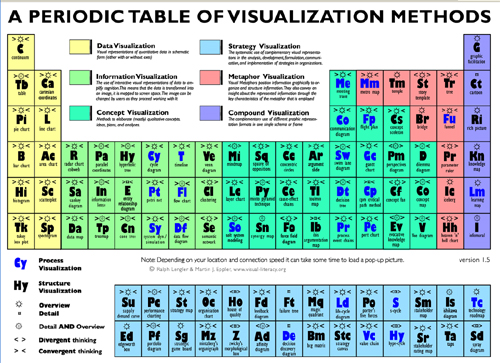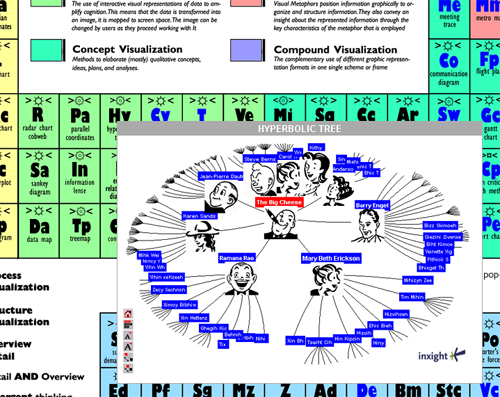The word secret runs rampant not only in business magazines, but also in self-help books. To our general disappointment, often the tips and advice described aren’t secrets, and never were, as no one, not even the people mentioned in the articles, ever really tried to keep these facts ‘secret’ from anyone.
The word secret makes the boring sound fun. Doing laundry isn’t something most people look forward to, but secret laundry almost sounds interesting. The word secret promises short-cuts, tricks, or things people don’t want us to know, which all connote ways to get one up on others. This little semantic trick works on the insecure and the inexperienced, since they’re prone to believing there is just one insight that will solve all their problems.
After going around the block a few times, we’re all disappointed to learn that secret sauces are rarely all that secret. As a kid, I remember being amazed by honey/mustard as sauce at McDonald’s – I somehow never realized I could make the same thing in 12 seconds in any American kitchen. Certainly McDonald’s would be the last to inform me I was already in possession of honey mustard sauce in my very own home.
Innovation has similiar (ab)use, as sticking it on front of things can bring new life to the ultra-dull. I once saw a laundromat with a neon sign that said Innovative dry-cleaning, but I couldn’t figure out what the innovation was, as they couldn’t get a small tomato sauce stain out of my shirt pocket.
It should be no surprise these days that the two words, secret and innovation, often appear together. They make quite a pair.
In this recent article on CNN, called learn the 5 secrets of Innovation, we hear this yarn:
One of the men behind the study, Insead’s Hal Gregersen, told CNN, “What the innovators have in common is that they can put together ideas and information in unique combinations that nobody else has quite put together before.”
Ok. So you have to be unique and special, or have unique and special ideas. I don’ t agree, but it turns out neither does Gregersen, as a paragraph later he’s quoted as saying:
“The way they act is to observe actively, like an anthropologist, and they talk to incredibly diverse people with different world views, who can challenge their assumptions,” Gregersen told CNN.
Anthropology has been a field of study for over 100 years. And was practiced long before it was ever called anthropology. Hard to call that a secret. For the sake of argument, before calling anything about innovation or invention NEW, it’s worth taking a quick pass at the Renaissance, the Enlightenment and the Industrial Revolution to see if they did similiar things then. Much of what we get so excited about today (e.g. progress/invention/business), has been done many times, and often better in some respect, before.
To be fair, I highly doubt Gregersen asked CNN to put the word secret in the article – he’s just the expert they’re quoting and he’s along for their ride. And he does offer some excellent advice – hard work:
To improve your questioning skills, Gregersen recommends identifying a problem and writing nothing but questions about it for 10 minutes a day for 30 days. He says that over that period the questions will change, and so will your understanding and approach to the problem.
This is good advice. But it’s advice few want to hear. What he describes is work. At least it looks and smells like work. The work is called thinking, which is very rarely mentioned in lists of secrets. People who think harder about a problem, and work at it longer, are more likely to be successful. End of story.
Over at Harvard Business the same study is examined again, and Gregersen offers more solid advice:
You might summarize all of the skills we’ve noted in one word: “inquisitiveness.” I spent 20 years studying great global leaders, and that was the big common denominator. It’s the same kind of inquisitiveness you see in small children.
Small children get mentioned often in business articles about creativity, yet somehow the Fortune 500 hasn’t sponsored any kindergarden meet and greets just yet.
In part that’s because the most misleading thing in much research on “how to innovate”, and certainly in much business writing about such research, is the focus on creativity as the bottleneck. Inquisitiveness, sparks of insight, and creative talent is the focus of much writing on innovation, and it’s far from the whole story. The point about children, and any good book on creative thinking, is that ideas are cheap. It’s finding successful people who are willing to bet on different ideas, and people with ideas who are willing to do the legwork to convince others of the merits of something that doesn’t exist yet (and prevent them from killing their ideas), that’s the challenge.
If there’s any secret to be derived from Steve Jobs, Jeff Bezos, or any of the dozens of people who often have the name innovator next to their names, is the diversity of talents they had to posses, or acquire, to overcome the wide range of challenges in converting their ideas into successful businesses.
The big ideas were just part of the story, and arguably a small part. Kindle was not the first digital book reader. The i-pod and i-phone where not the first music players or cellular phones. Google was far from being the first search engine that sold ads. Amazon was not the first on-line bookstore. The ideas, at least the big ideas involved, were not new or original, at least not in high level concept. The story of all these companies and ideas has more to do with how they elevated and improved upon what already existed, or took it in new, simpler, smarter, more useful, more profitable directions.
This story is much less sexy. It’s not as dramatic and nowhere near as romantic. But I’m convinced it’s way more accurate and more useful to people who want to do interesting things with their own lives.
Most important, the story of moving an idea into a product, and then into a successful business (the definition of innovation suggested by these CNN and HBD’s articles) involves these progressions of challenges:
- Studying a field / business
- Finding opportunities to attack
- Developing rough ideas
- Successfully pitching the ideas to others (to investors, to customers, to partners)
- Making smart contracts and business relationships
- Developing the ideas into a prototype
- Developing the prototype into a high quality product (can take years)
- Marketing the product successfully to customers
- Abandoning most of your free time and sanity to pursue your vision
- Hiring good people and convincing them to stay
- Convincing those people their vision matches yours (or bending your vision to include theirs)
- Balancing short term tactics with long term strategy
- Getting lucky – your competitors do stupid things
- (note: A similiar list appears in The Myths of Innovation, Chapter 3)
And the list goes on. How many of these challenges are overcome primarily by inquisitiveness? Or creativity? Not many. Good thinking is required all along, but no special creativity technique or magic insight is a key link in the chain. The role of ideas and creative thinking in innovation is always overstated because the other stuff is hard to romanticize, hard to sell and hard to get ordinary people excited about.
To be an entrepreneur, an inventor, a researcher or even an artist, is to take a bet that you can overcome a hundred different kinds of challenges that no person could ever entirely prepare for. It’s to realize, or simply pretend to ignore, that you will face challenges that slice across a dozen fields of study and degrees, in the same way that life and the universe does.
The closest thing to a real secret is this: In my years studying and teaching all things innovation, there’s one fact that’s the hardest for people to swallow and it goes as follows – To invent or create is to take a bet against the unknown. No matter what you do, you are still betting you can do well in the face of many things that are out of your control. Don’t like that? Don’t want uncertainty? Then do something else. Comfort with risk and uncertainty is the real secret. Or at least acceptance of the fact you can work your ass off for uncertain rewards. Anyone who wants to create something new is placing a bet that their view of the future is better than everyone elses’, or at least their competitors. It’s no surprise many of the elite CEOs/Innovators/Inventors have supremely large egos – they likely had these character traits well before they became famous.
The study I want to see is to compare 20 smart inventors/entrepreneurs who failed, with 20 who succeeded, and see if a researcher can find any identifiable traits or tactics that distinguish them. My suspicion is that the difference between them will be very narrow. Just as the differences between the top 10 athletes in any sport in the world, and the top 50, are thin indeed. Once you get beyond strong basic competence, it’s small factors that make a difference. And when it comes to the history of business innovation, the factors are often very small, and often beyond the control of the players involved, facts CEOs and business writers rarely profit from admitting.


 hen I was a kid I watched my NY Giants, hold on to a short lead late in
hen I was a kid I watched my NY Giants, hold on to a short lead late in 
